Extreme polygamy may be driving male southern elephant seals to early deaths, new research suggests.
A study of 14,000 southern elephant seals (Mirounga leonina) at Macquarie Island in the south-western Pacific, has found that while survival rates for males and females are roughly comparable for juveniles, male survival rapidly decreased after eight years of age, dropping to around a 50% survival rate, while female survival remained constant at 80%.
Southern elephant seals differ significantly in size: adult males can weigh up to nearly five times that of adult females. The size differences typically begin to emerge between three and six years of age, when the animals undergo maturation.
Sophia Volzke, the study’s first author and a PhD candidate at the University of Tasmania, said the largest and fattest male seals had a reproductive advantage.
“They can only get food from the ocean,” she said. “When they come on land [to breed] they’re competing with other males for access to females.
“They need to have fat resources stored to be able to fight other males and survive on land without eating anything for weeks or months at a time.”
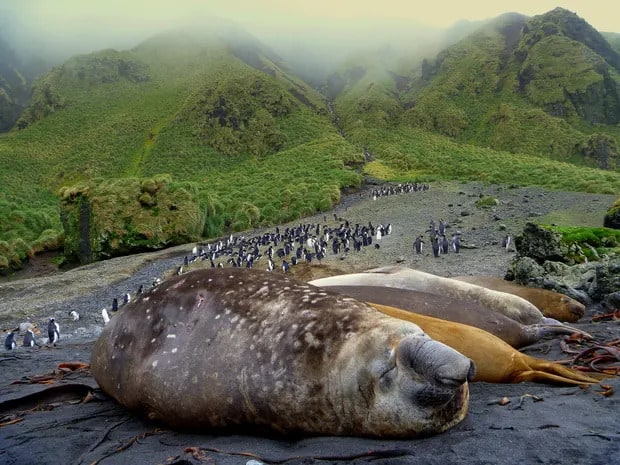
The species exhibits “extreme polygyny”, in which a small proportion of the largest and most dominant males – known as beachmasters – control harems of breeding females.
“One huge beachmaster can have a harem of up to 100 females,” Volzke said. “Once the harems get that big they might allow for a younger male to be an assistant beachmaster.
“It depends on how big the harem is and the geography of the beach – if you have a really long beach, you’re more likely to have a bunch of small harems,” she added. Only around 4% of males become beachmasters.

The researchers believe the competitive pressures on maturing males drive them to gain weight as quickly as possible, resulting in lower survival rates because the males forage at sea in areas that may put them at higher risk of predation. “Adult males concentrate their foraging effort in shallower waters. These highly productive locations are frequented by other marine predators, such as orcas … and sleeper sharks,” they wrote.
Although male seals become biologically capable of reproducing at around six years of age, they are rarely socially competitive enough to breed with females until nine to 12 years old, Volzke said.
Southern elephant seals spend much of the year at sea. The males come ashore each August on Macquarie Island to try to establish dominance over beach areas, Volzke said. “The females arrive in September and aggregate in groups themselves … the males come and try to defend those groups.
“We might see one male that isn’t a successful beachmaster … come ashore in August and try to challenge a beachmaster. If they lose a fight they will just go back to sea,” Volzke said. “Beachmasters have a really loud roar which deters other males, which means some might not even come to shore at that time.”
The study was published in the journal Royal Society Open Science.
This article by Donna Lu was first published by The Guardian on 22 March 2023. Lead Image: A southern elephant seal bull mates with a female on a beach. The species exhibits ‘extreme polygyny’, in which the largest males – known as beachmasters – control harems of breeding females. Photograph: Michael Nolan/Getty Images/Collection Mix: Subjects RF.
What you can do
Support ‘Fighting for Wildlife’ by donating as little as $1 – It only takes a minute. Thank you.
Fighting for Wildlife supports approved wildlife conservation organizations, which spend at least 80 percent of the money they raise on actual fieldwork, rather than administration and fundraising. When making a donation you can designate for which type of initiative it should be used – wildlife, oceans, forests or climate.


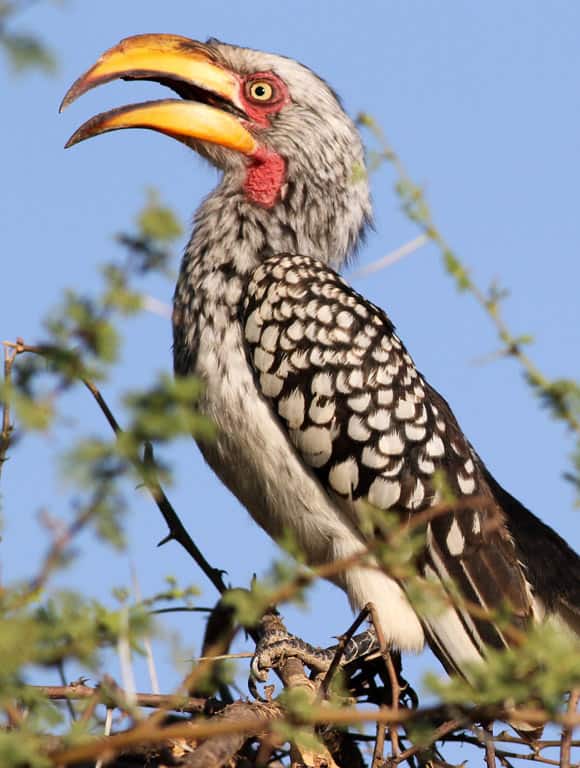
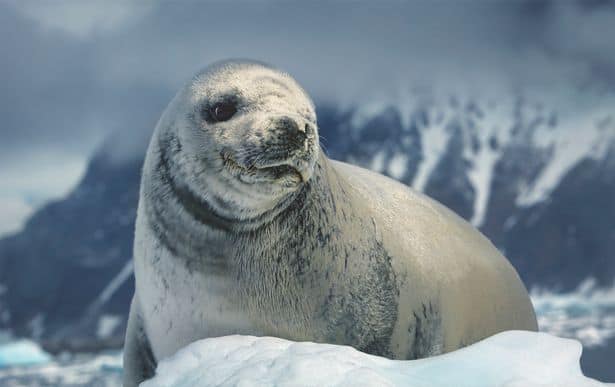
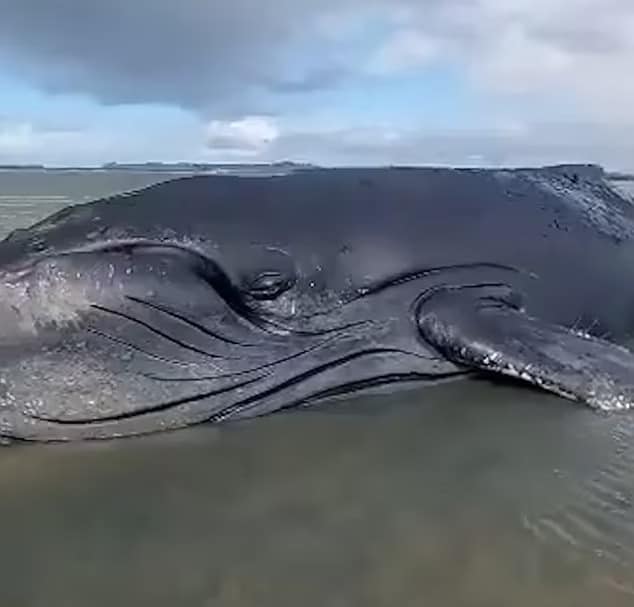

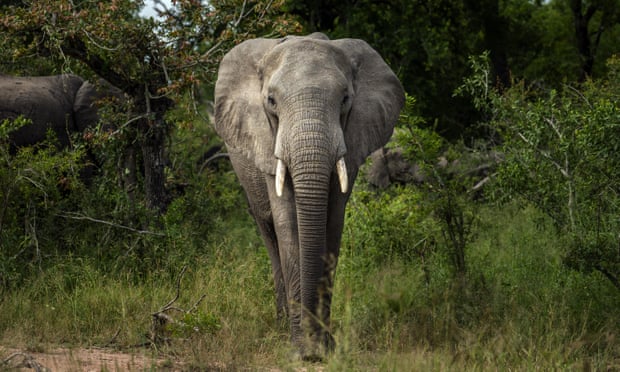
Leave a Reply